Interview: PURPLE BRAND Co-Founder Luke Cosby
From a 10,000-square-foot NYC HQ to a fresh take on denim, this international brand is leading with innovation
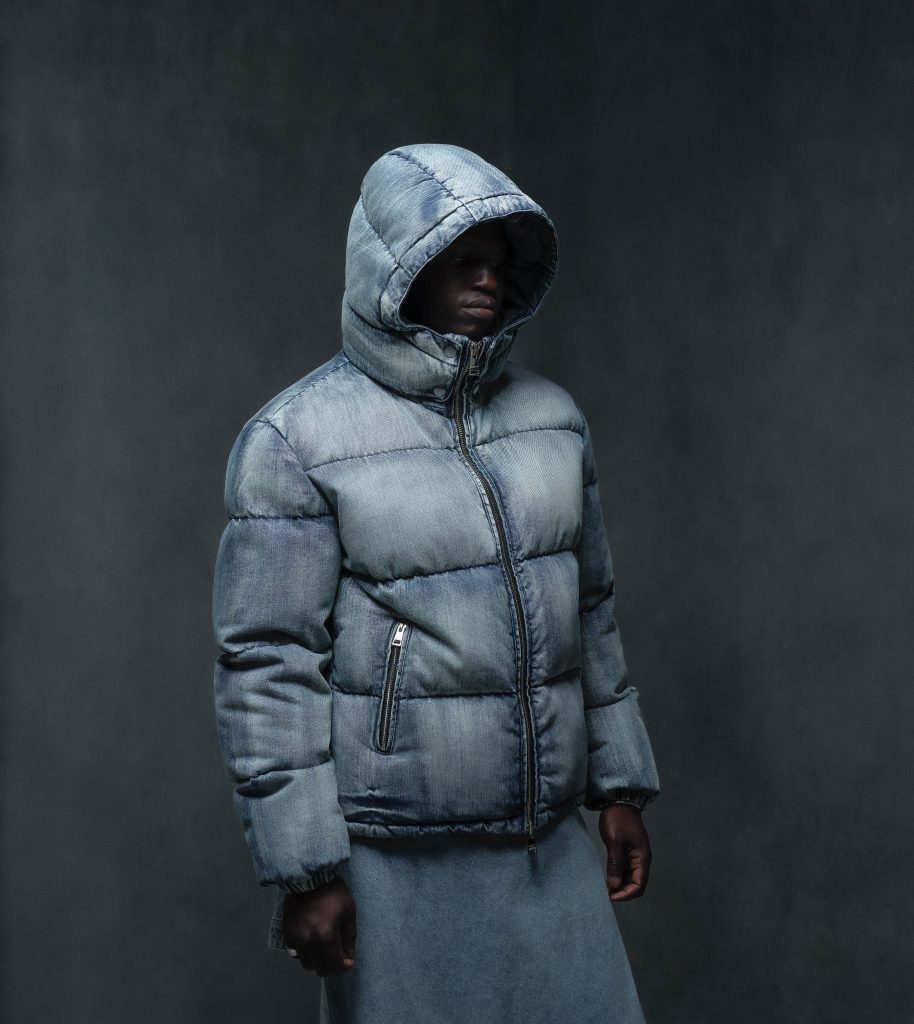
Founded in Vancouver in 2017 by a collective of friends that included industry veterans Luke Cosby and Rob Lo, PURPLE BRAND is a luxury denim apparel destination that emphasizes on design, construction and details. In the last year, the label has moved into a sprawling 10,000-square-foot SoHo, NYC HQ and lounge-space and begun construction on their first store, also in SoHo, which will open in March 2024. These in-person spaces are more than retail locations—they’re immersions into the PURPLE experience and they’ve been imagined for as social spaces more than sales hubs. To learn more about the future of PURPLE, we spoke with Cosby in the SoHo HQ, as we parsed through the super-sharp FW23 collection.
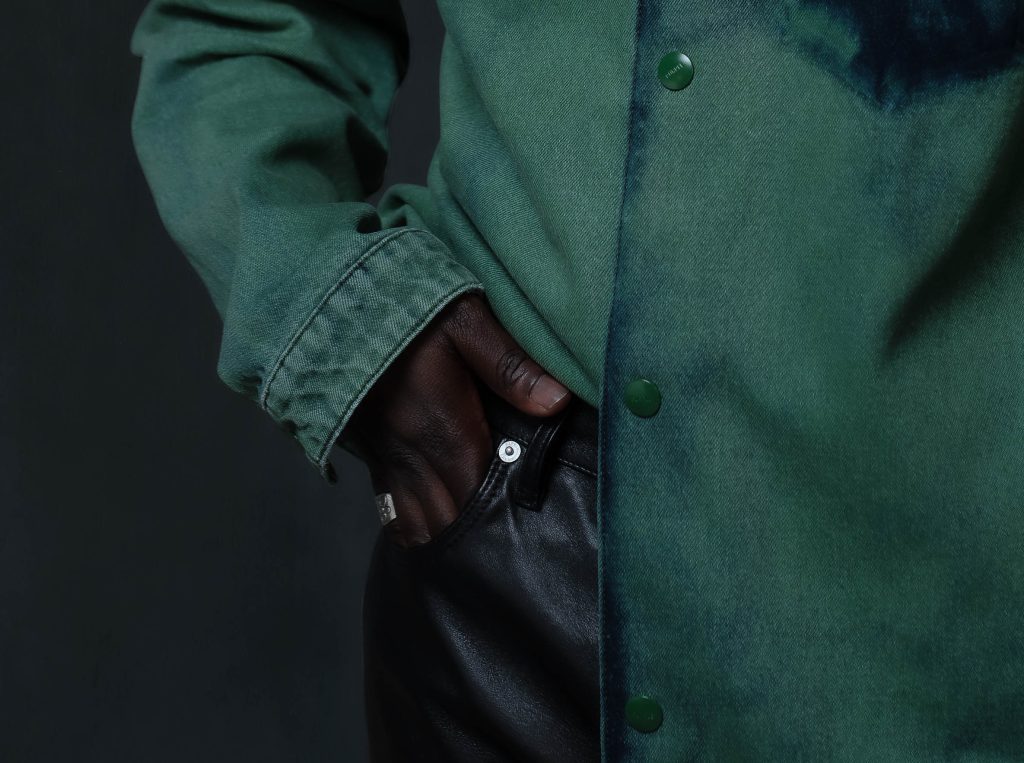
What brought you into the world of denim?
Denim is utilitarian. People wear it every day, for all types of occasions. Rob and I have been in the industry for our entire adult lives. We were starting to buy denim at $900 price points because that’s where we were seeing something that was an interesting proposition: that kind of American-made, raw denim. We were getting into our thirties and we were tired of waiting a year until our jeans had shown some expression of who we were. There’s pain involved in breaking denim in. We thought we could do something in an authentic way, at a price that made sense to people. $900 didn’t make sense.

The definition of luxury seems to be changing almost every day. How do you define luxury and how does it factor into what PURPLE is doing?
Staple is a not sexy word. It almost implies boring. Jeans and T-shirts can make you feel good. They are the pieces a lot of people wear the most. We wanted to craft them at the same level as luxury brands. We don’t want to own your whole outfit; we want to own a piece of it. But we want to be your most stocked item because you’re wearing our stuff the most. Getting to feel that quality every day, as you wear it in, that’s the luxury.
We work with craftsman from around the world, mostly from China and Italy, who have generational factories. One of our Chinese factories has been in business for over a century. There’s a lot of know-how in our garments.
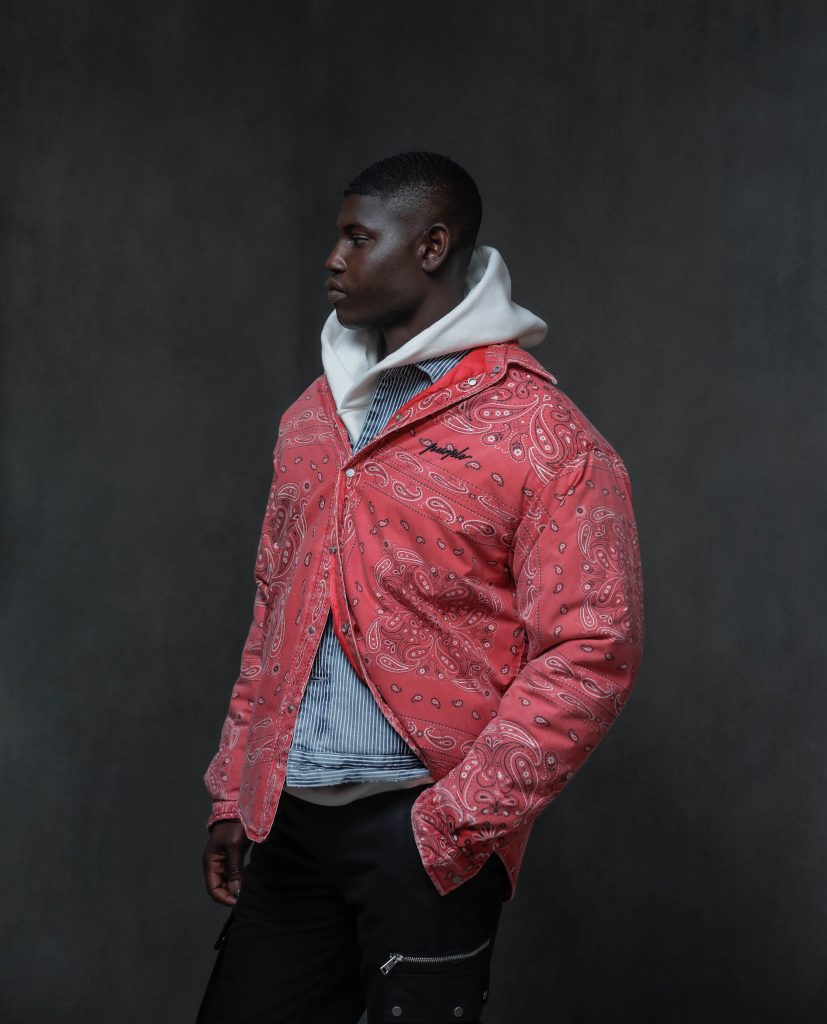
Are you forever on a quest for new materials?
Absolutely, because we get bored easily. It’s always changing. There’s only one way for a business to grow—it’s to make yourself consistently uncomfortable. We push our comfort zones in the way that we design. Sometimes it lands, sometimes it doesn’t—but we always try. That’s Rob’s policy on design: let’s try.

How did you expand from denim to pieces like a leather jackets or hoodies?
When we are coming up with new categories or items for the collection, it’s for two reasons generally. We either see a hole in the market and we are trying to service our customers. Or, we ask if it’s really gangster. Is it fun? Does it make us feel good? That’s what’s most important.

There’s a vocal denim community worldwide. Do you engage? Or do you just do your own thing?
People are very passionate and very opinionated and it’s hard to change those opinions. We create denim that a lot of people love and maybe a lot of people might not love—but we create denim that we believe in. I come from a sales background. I have personally sold raw made-in-America denim that’s composed of dead stock fabric. Nobody touches it that’s not American. It is sewn in Downtown LA from fabrics found in North Carolina. I’ve sold Cheap Monday denim—super high volume, fashionable denim—for $60. I’ve sold R13, luxury denim. I’ve sold lots of different types of denim and there’s something for everybody out there.
If you ask 10 New Yorkers, what’s your favorite slice, you are going to get 10 different answers. It’s like with denim, there’s something for everybody out there.

Can we talk a little bit about your epic New York office space?
We’ve been here since November of last year. Previously we only had an office in Vancouver, but I was based in Houston. My office was really an airplane. I went to LA or New York or to our sales teams in Milan or our designer in Paris. The time came when we needed to have an American hub, a home for our creative team and our e-comm. The purpose is multi-pronged. It’s a work space, but the front part is a lounge that we are building out. It’s going to be a private store for friends of the brand, and a place to showcase the goods that haven’t come out yet and our retail concepts that we plan to roll out. We have a custom sound system and in the back we have a photo studio and a kitchen. It’s a place for everybody to meet in the middle. We have so many resources here in New York. We have influential friends of the brand, a lot of them in the music industry, popping in daily. We see it as the creative hub for PURPLE. We want to be known as SoHo’s living room for people in the know.
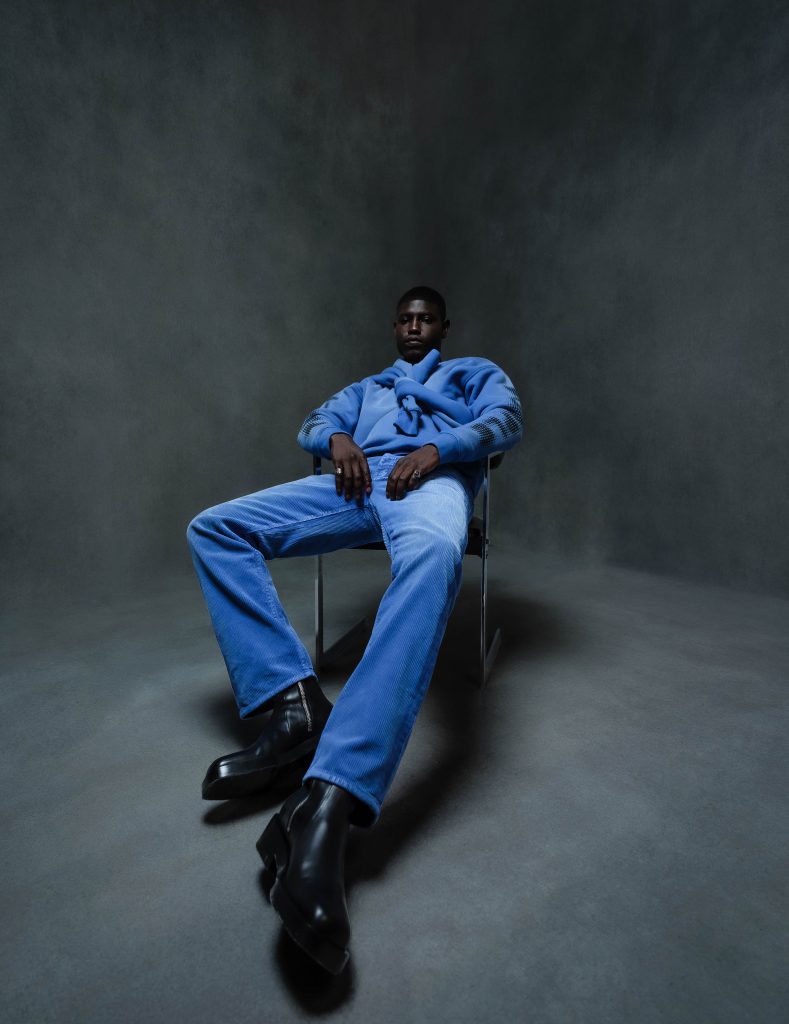
How does e-comm factor in the PURPLE brand right now?
Rob and I come from a wholesale background. We came out of the gates heavily in wholesale. Our business was 90% wholesale. At a certain point, our customers were buying our same jeans over and over from those outlets so we began to expand our online presence and make more exclusive products for our web store and brick and mortar. We were also able to start storytelling. We’ve been able to find our voice and our comfort zone.
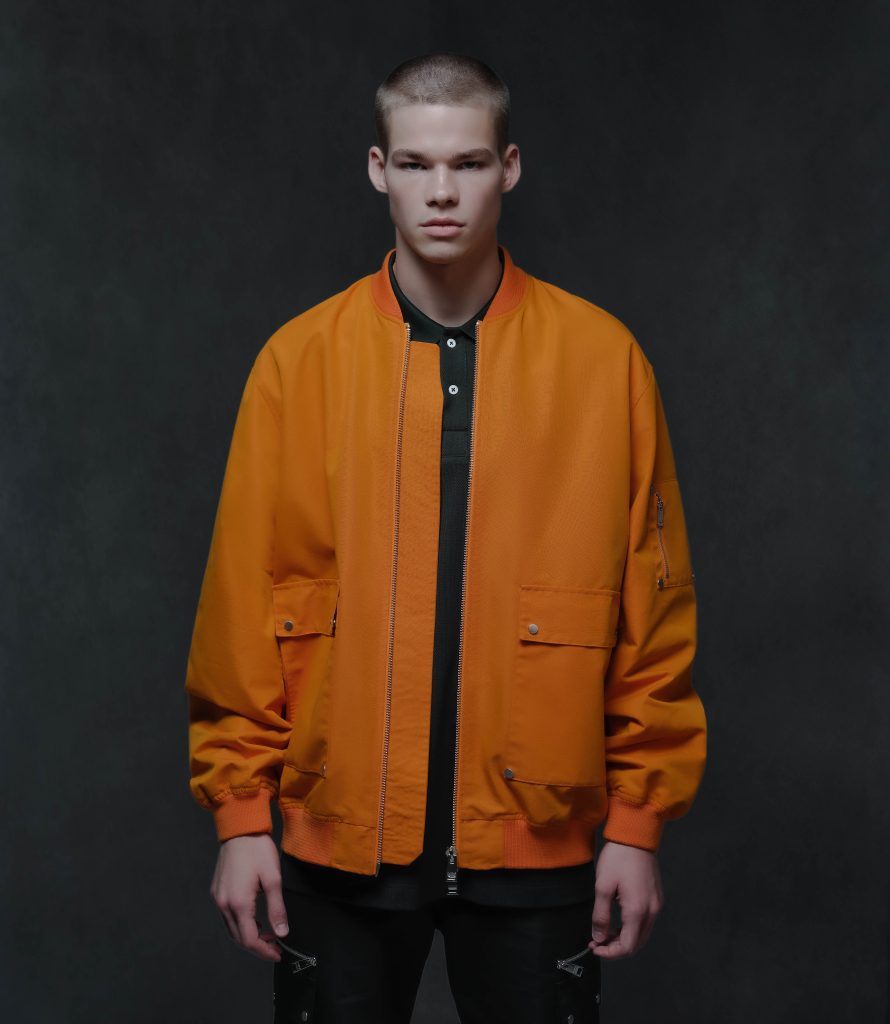
How would you direct a new consumer to the brand?
I recently read articles on the demise of skinny jeans. It’s not true. I personally wear jeans that are all shapes but our sales are still 80% skinny. Skinny might sound like a naughty word for people 40 and up but our skinny doesn’t hug your calves. It’s a nice shape. It’s all about the shape. I would start people with our 001 skinny jean in black. You cannot go wrong with a black, slim jean. You can wear them to events at night.
A lot of our customers graduate to what we call a full flare. It’s kind of a boot cut, it’s kind of a flare. It’s the jean of the moment. We are making super-wide fits, too, because we know they’re in style. I don’t like going back to trends that I wore in high school but this one I’m enjoying.
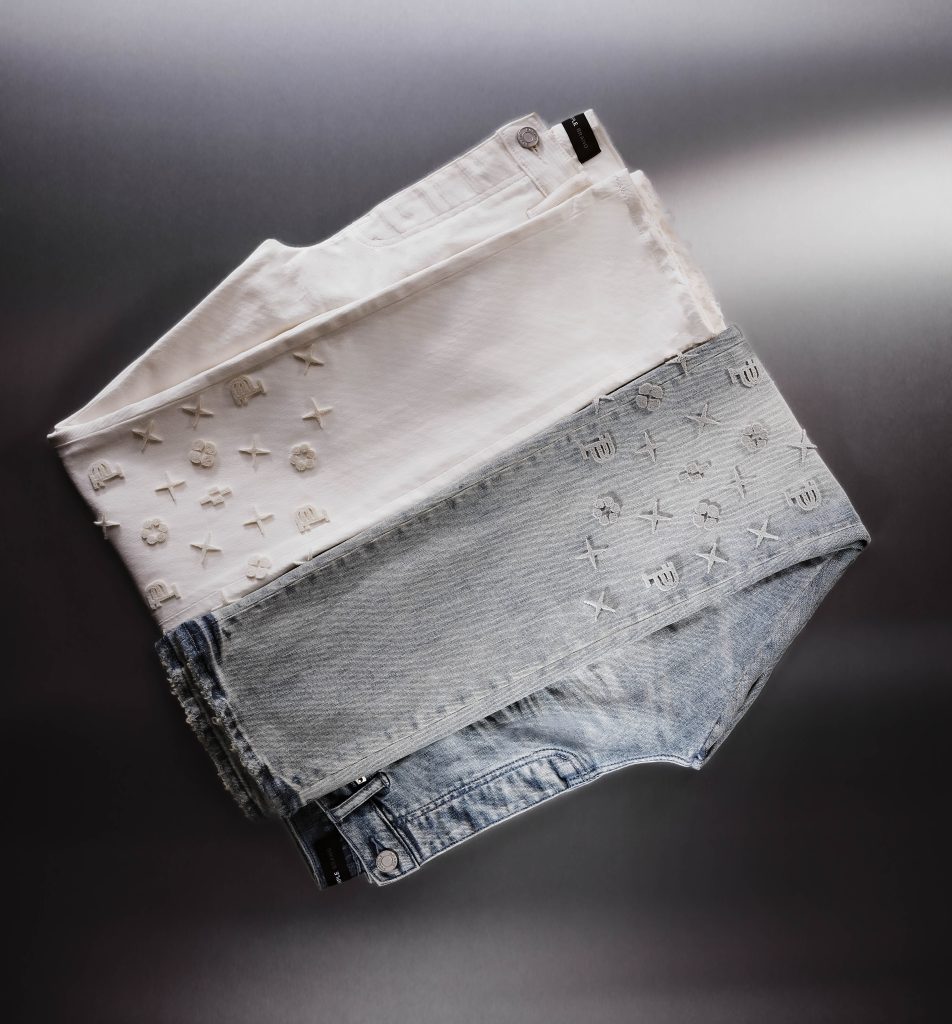
What are your hopes for the next five years?
I am mostly interested in sustainable, meaningful growth. Dollars are a byproduct of those things—doing right by people, offering something to the customer that is meaningful. We are expanding into womenswear; it will launch in February. We’re extremely excited about that. We also see a strengthening of our brick-and-mortar experience.

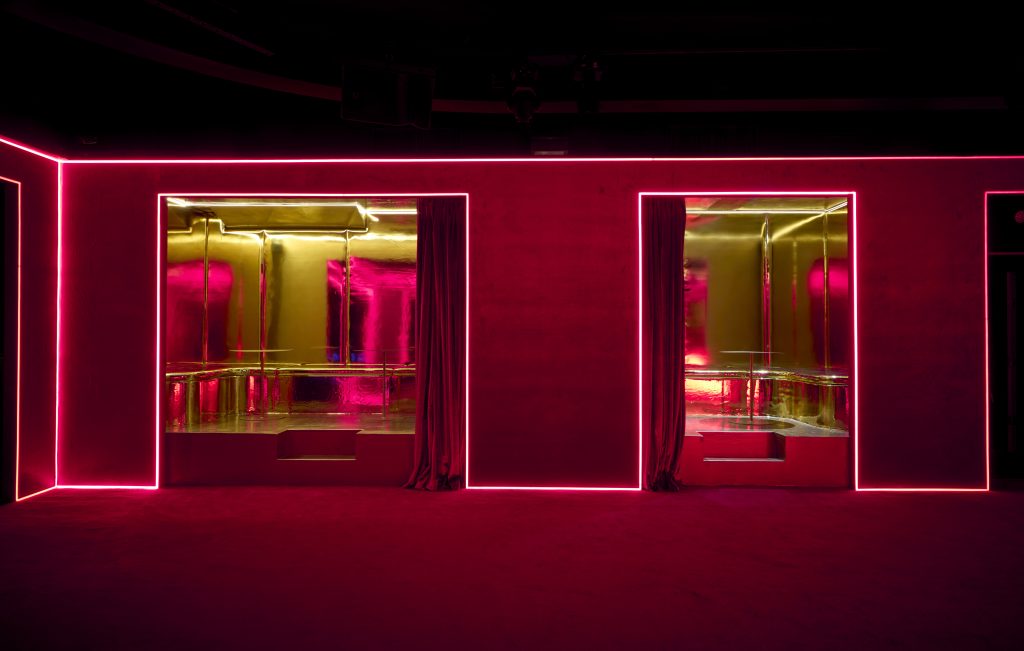
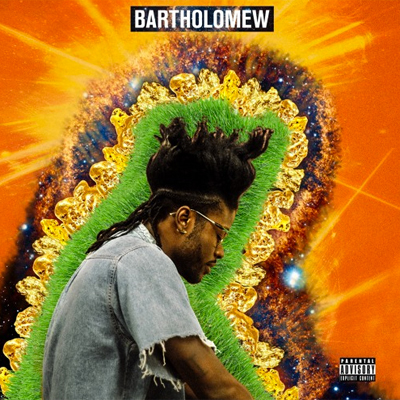
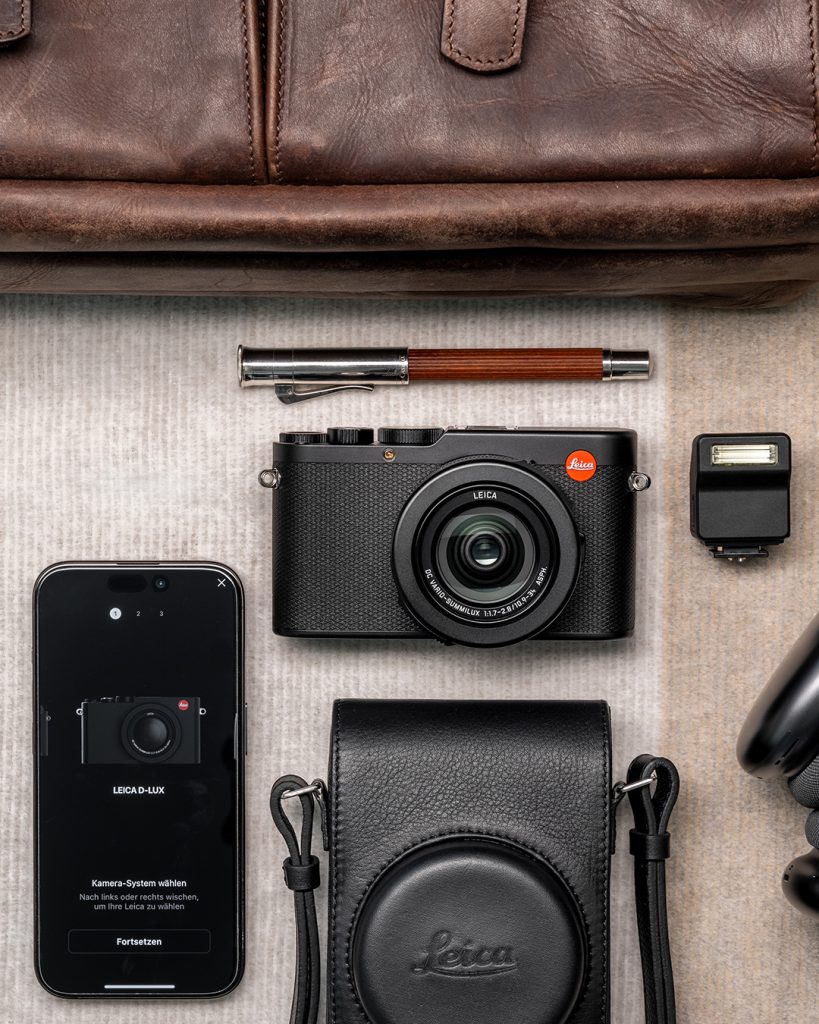
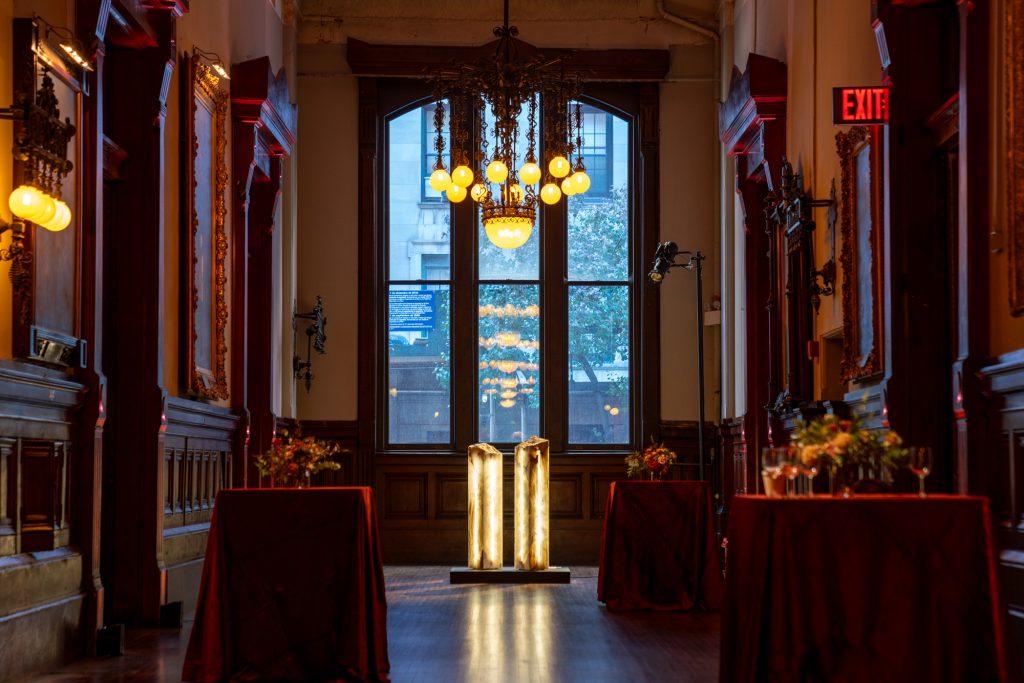

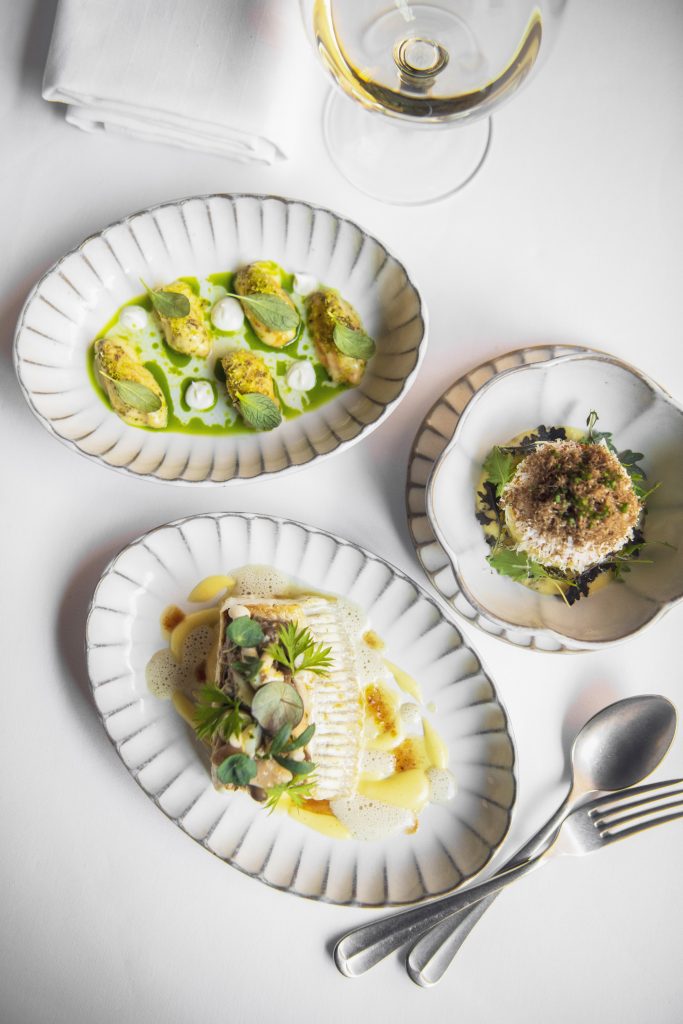
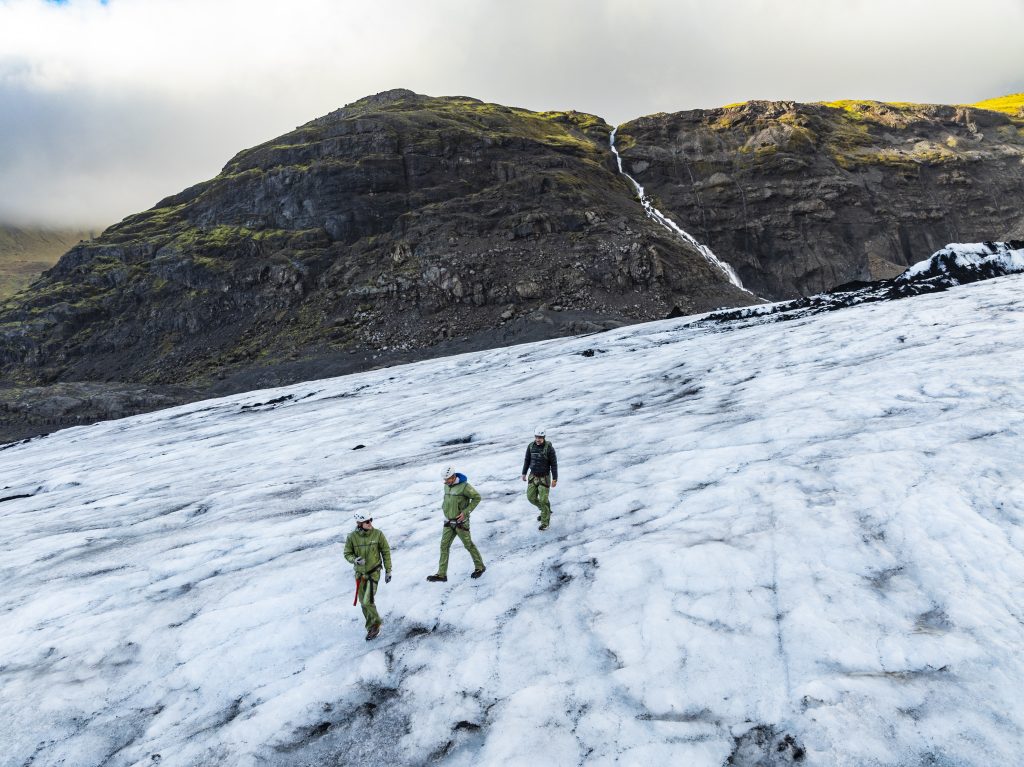

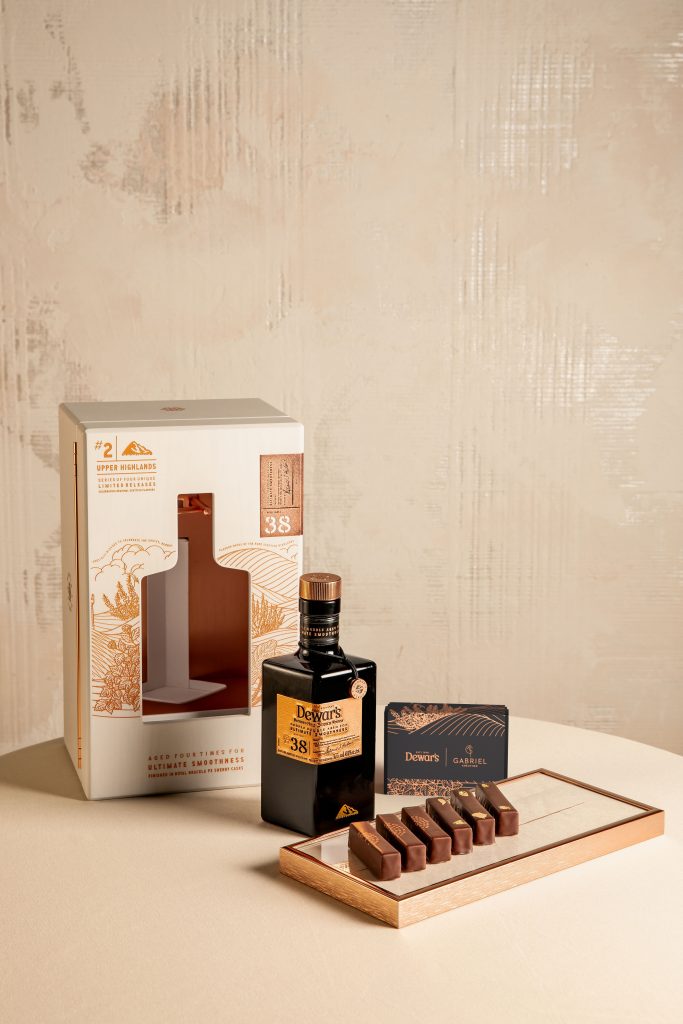
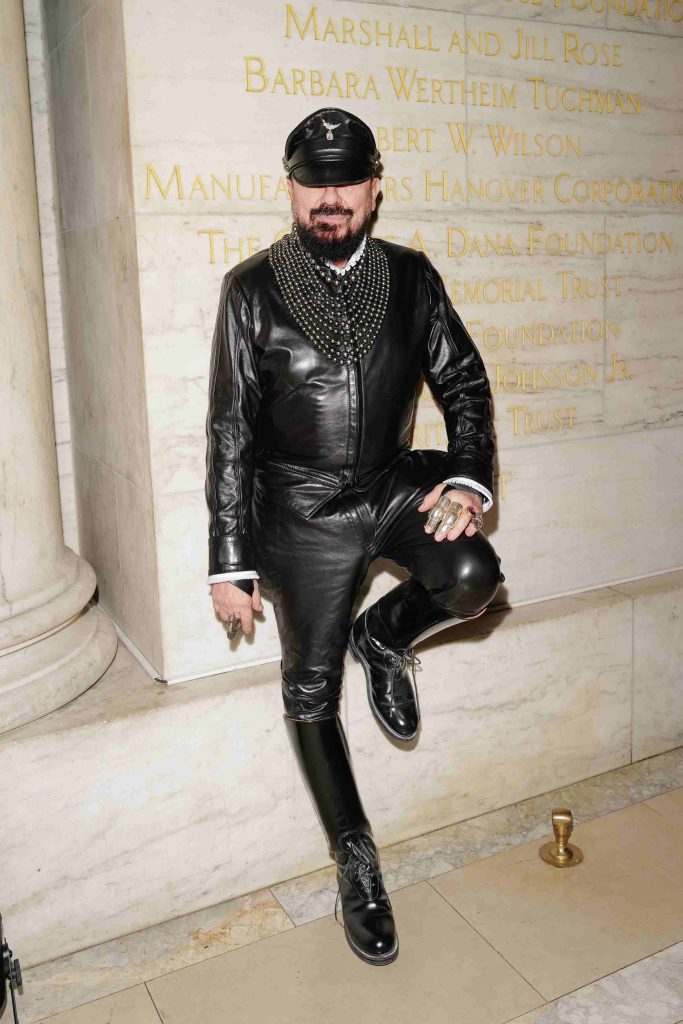
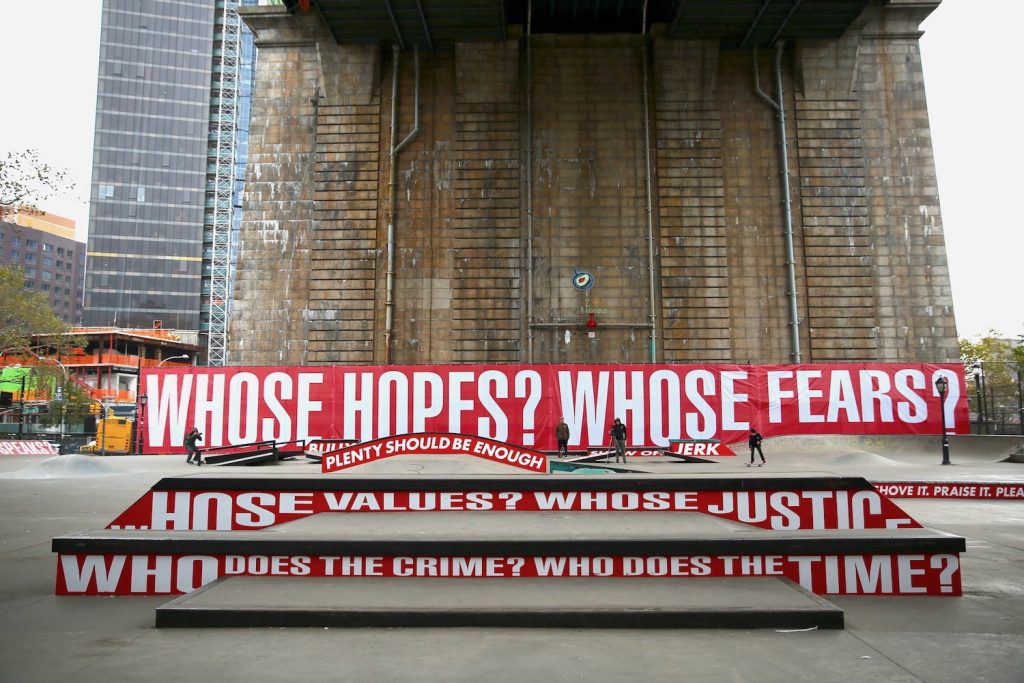

What are your thoughts?